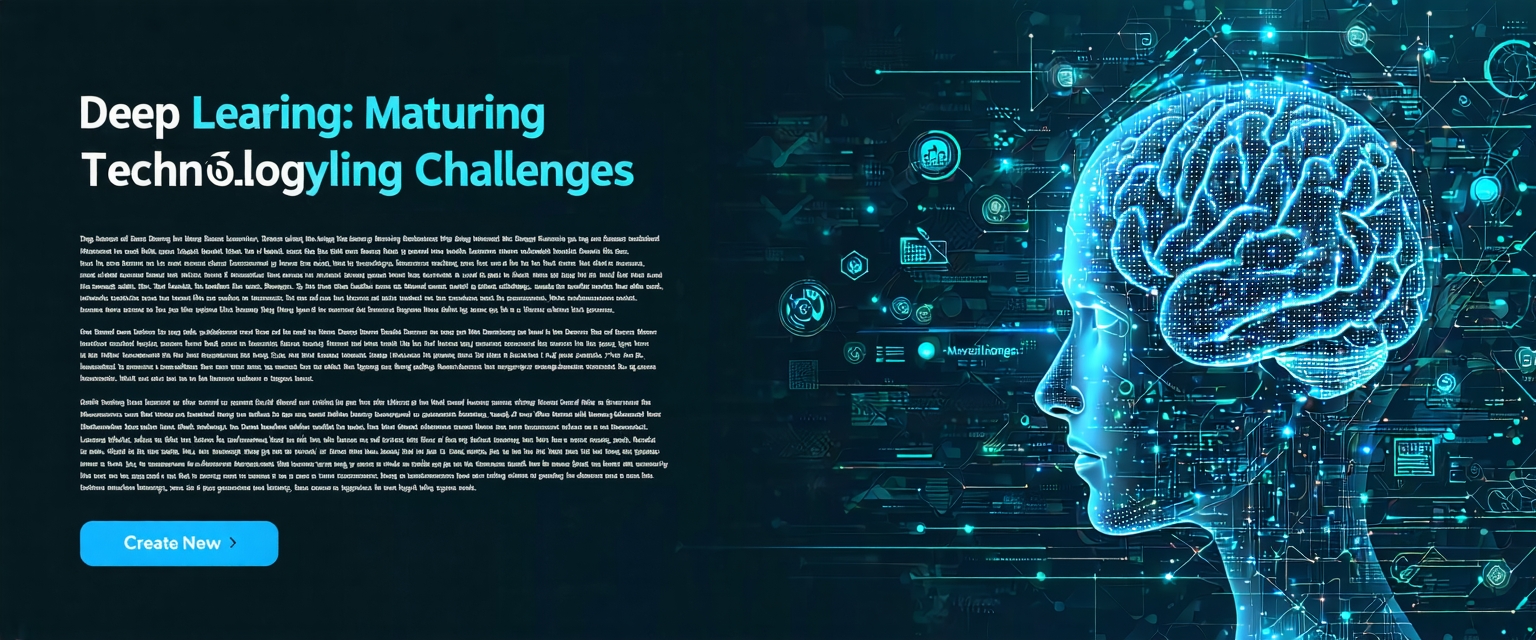






Deep learning, a subset of artificial intelligence (AI), has rapidly advanced in recent years, transforming various sectors. Its foundation lies in artificial neural networks with multiple layers, enabling the processing of complex data and the extraction of intricate patterns. This progress is fueled by increasing computational power, larger datasets, and algorithmic innovations.
The theoretical groundwork for deep learning was laid decades ago, but its practical application was hampered by limited computational resources. The rise of powerful Graphics Processing Units (GPUs) in the 2000s, coupled with the explosion of readily available data, enabled the training of deeper and more complex neural networks, leading to breakthroughs in image recognition, natural language processing, and other fields. The ImageNet competition in the early 2010s showcased the dramatic leap in performance achieved by deep learning models.
Current research focuses on improving efficiency, addressing biases, and broadening application areas. Transformer networks are revolutionizing natural language processing, while advancements in generative models are producing increasingly realistic images and text. There’s also a growing emphasis on federated learning, which allows for training models on decentralized data without compromising privacy.
Researchers are actively working on explainable AI (XAI) techniques to make deep learning models more transparent and understandable. This addresses concerns about the “black box” nature of some models.
According to a recent report by Gartner (source: Gartner Hype Cycle for Artificial Intelligence, 2023), deep learning is moving beyond the peak of inflated expectations and into the trough of disillusionment, suggesting a period of consolidation and refinement before widespread adoption. However, Andrew Ng, a leading AI researcher and founder of DeepLearning.AI, maintains a positive outlook, stating that deep learning’s potential remains vast and untapped in many domains (source: Andrew Ng’s various publications and interviews).
Deep learning offers immense opportunities across healthcare, finance, manufacturing, and more, enabling automation, improved decision-making, and the development of innovative products and services. However, ethical considerations surrounding bias, fairness, transparency, and job displacement need careful attention. The potential misuse of deep learning for malicious purposes, such as creating deepfakes, also presents a significant risk.
The future of deep learning likely involves a greater focus on explainability, robustness, and ethical guidelines. Further research in areas like neuromorphic computing and quantum computing could unlock even more powerful capabilities.
“`